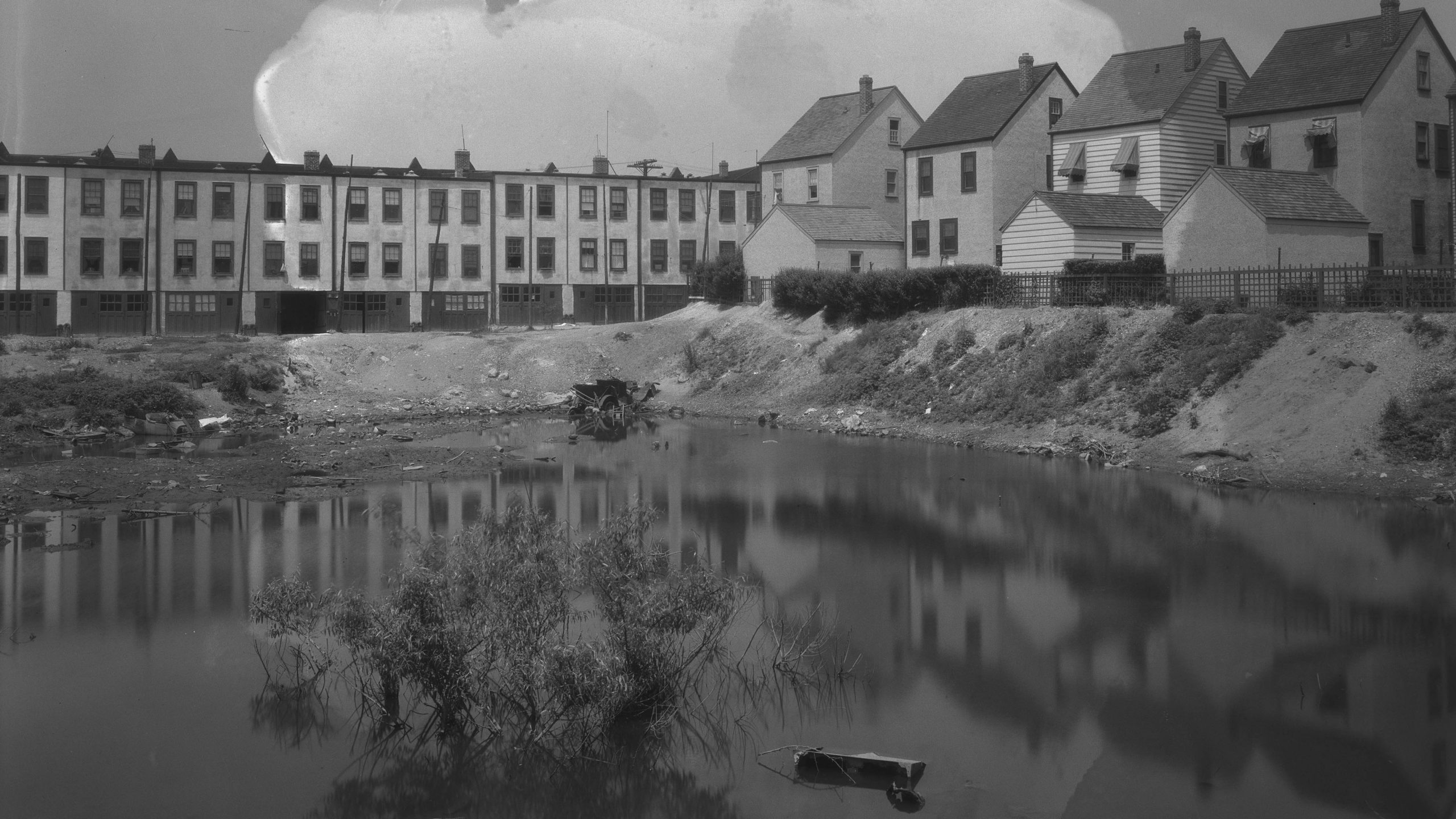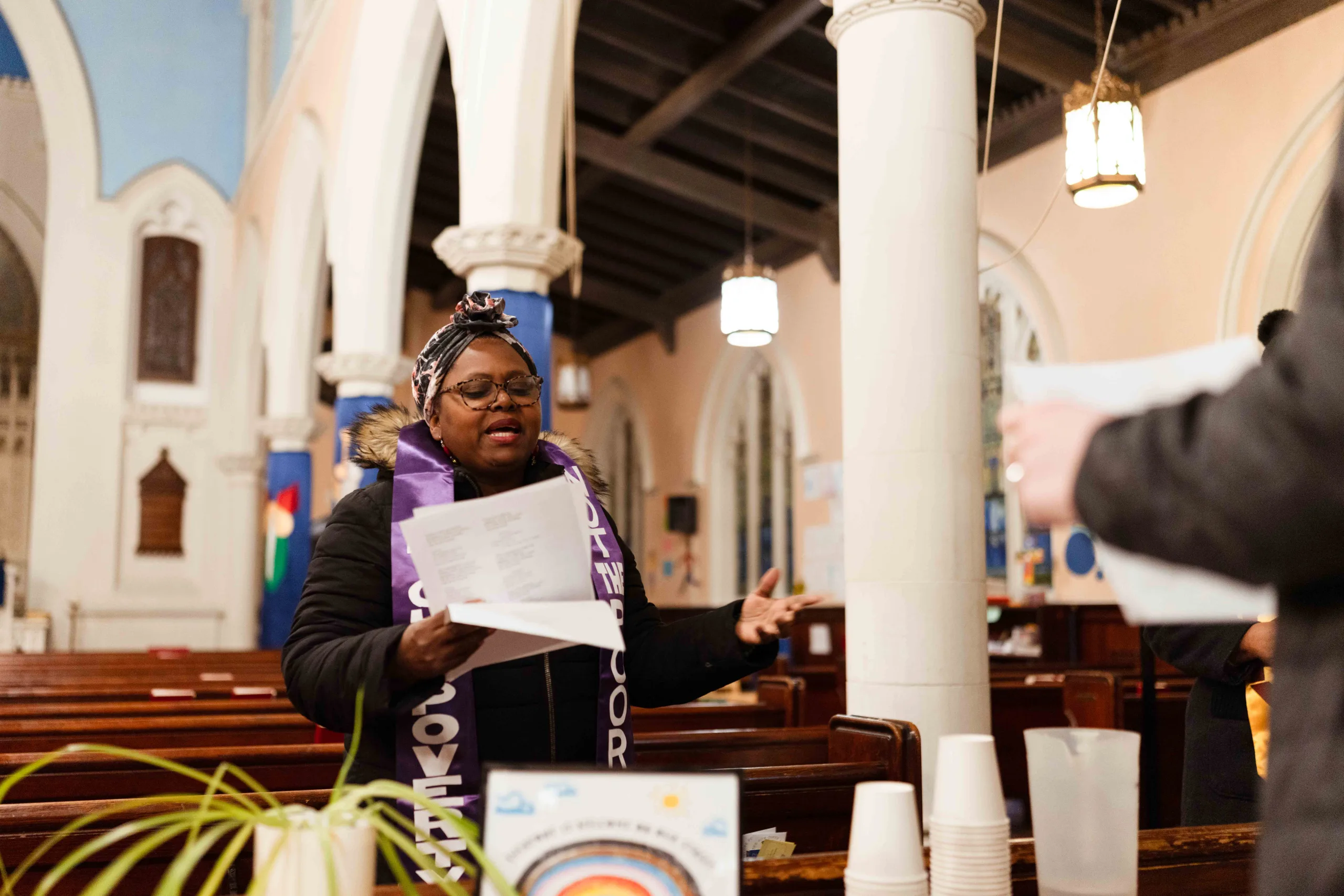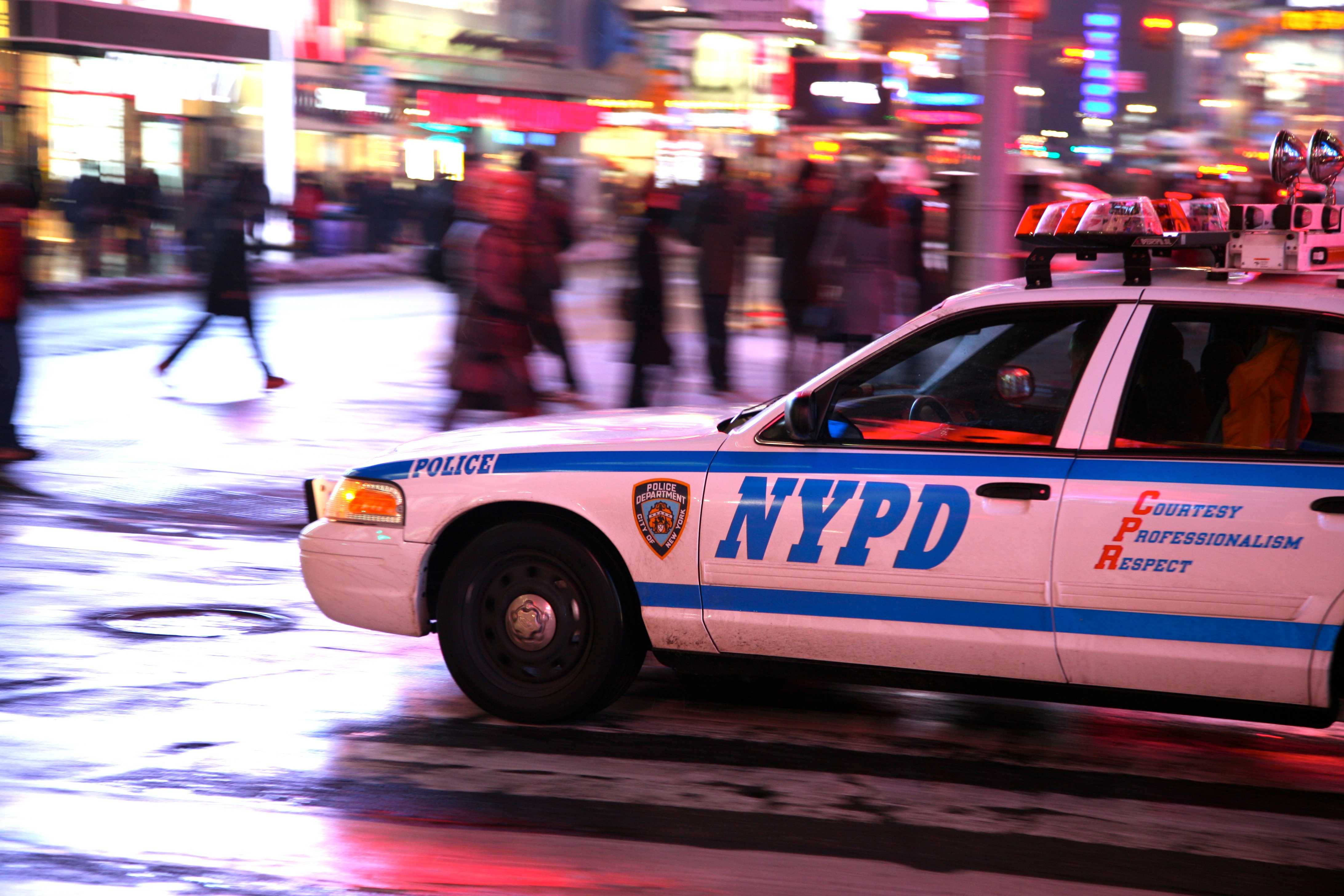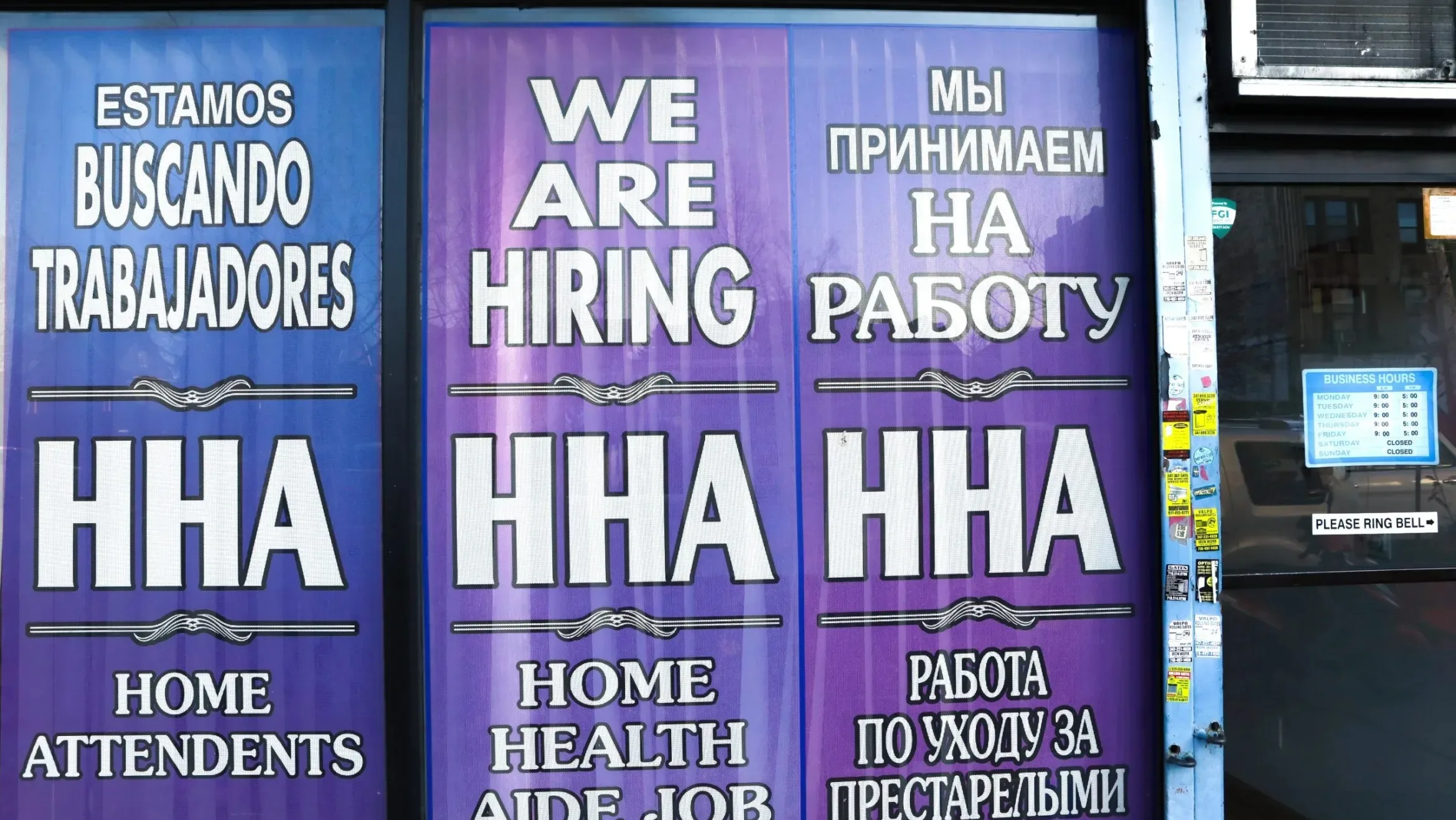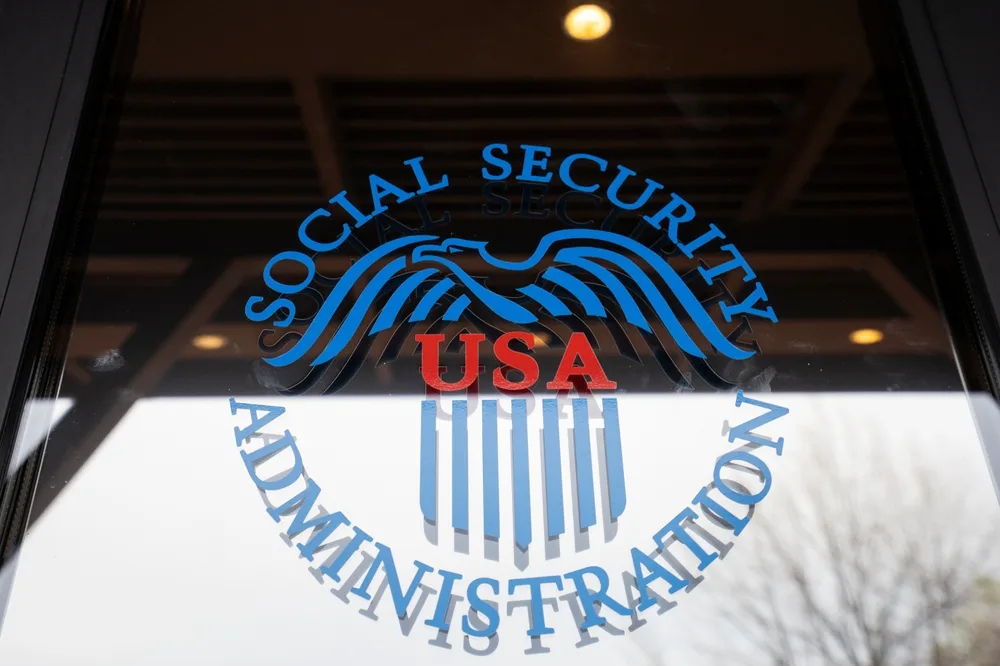Hollis, Queens is a neighborhood that offers immigrant communities the calmness of the suburbs and the vivacity of the city. It is close to transportation for commuters and stores that remain open at night. And even though it seems normal, hidden in its topography and architecture runs a deeper problem that has plagued the community for more than a century: flooding.
For the past 12 months, Documented’s Community Correspondent, Rommel Ojeda, has been investigating the flooding crisis in Hollis, a residential neighborhood in Queens, which is home to many immigrants including Guayanese, Indians, and Hispanics, and other Black, Indigenous, and people of color.
Fisayo Okare: For a while your climate change piece has been a topic of conversation in our editorial meetings. This project has been a long time coming. You’ve worked on it since last year. Glad it’s finally out for readers to see. Do you remember exactly when you started?
Rommel Ojeda: We met Amit, the main subject in the story, originally in June of 2022, but we started pre-reporting in April of that year looking into the climate change challenges that NYC is facing now, while also researching the neighborhoods deeply impacted. So it’s been coming together over the course of a year. However, I’d say it really came together over four months because we had many breaks in between as I worked on other projects. It’s been nerve wracking considering the amount of information we collected, the people we met, and the amount of content we filtered out.
When the project first began, did you guys know it was going to turn out this way? How did it morph over time?
Initially focused on basement apartments, we shifted our attention to Amit’s block in Queens after investigating 311 calls during a rainstorm that happened that month. Homeowners and residents shared stories of annual floods, including during Ida, which left some homeless. Despite the City’s knowledge, mitigation efforts fell short. This prompted us to investigate further. The abundance of stories and inadequate response from the City led us to continue exploring the issue.
How have residents in that area managed the flooding for so many years?
In Hollis, homeowners spent thousands on home alterations and cleaning the catch basins, cleaning the manholes on the street, altering their homes by lifting the porch so that the water wouldn’t go in. The community’s struggle with floods has resulted in home alterations or vacancies. We focused on Hollis to highlight the ongoing problem in this immigrant-dense Queens neighborhood, serving as a cautionary tale of what could happen as climate change worsens.
What type of immigrants are mostly in that area?
People from Guyana, India, there are also some Hispanic people and a lot of BIPOC people as well.
What would you say are five major points or takeaways from the article?
The biggest takeaway is flood-prone areas are typically found in immigrant neighborhoods. High housing costs have led more people to these unsafe apartments, risking property loss.
A major takeaway I think has also been the lack of assistance from the government. Can you shed more light on that?
The city and FEMA do not provide sufficient funds to cover losses, impacting homeowners who invest their life savings. For instance, some spent $300K to rebuild, but only received $25K from FEMA, leading them to borrow from the Small Business Administration, requiring repayment. This undermines the American Dream in a way. This block in Hollis has experienced floods since 1926, and we found photographic evidence of 100 years of flooding.
It’s always been mentioned that climate change is worsening. In this case, it has been going on for nearly a century and that’s really important to note.
Despite frequent flooding in the neighborhood, homes continued to be built. Amit’s neighbor’s home was altered five times, visible in DOB records online. But when we went to request the physical records to see what alterations were made, we only got one folder instead of all five. Flooding has affected the block’s architecture. Amit Shivprasad struggled with flooding for half of his life — other neighborhoods will face the same fight in the upcoming generation.
When homeowners purchased their homes in that neighborhood — and given the flooding has been happening for 100 years — were they told that the area was prone to flooding?
Homeowners were not told they were buying a home that was prone to floods. So a lot of them were surprised when all of a sudden, a couple of months after purchasing the homes, when it rained, water just started pouring into the basement and damaging their appliances. The City also had not designated that area as prone to floods. As a result, home insurance companies were not selling insurance against floods. So, when Ida happened, they couldn’t get any money back from them because they said it’s a natural disaster.
How did you collaborate with Climate Central to get rainfall gauges?
With Climate Central, we took data from rainfall gauges, which is the instrument that is used to measure precipitation. It shows that rainfall is getting worse around the world due to fossil fuels and climate change in general is worsening. New areas in the city will start experiencing severe rain in the upcoming generation, which is 2050 — in 25 years basically. Amit’s struggle is like a foreshadowing of what other neighborhoods could face in the future if there is no way to mitigate it.
What are some of the solutions the City has put in place?
The city’s five-year program to address flooding started during De Blasio’s administration. However, according to experts we spoke with, it’s difficult to measure its effectiveness. Whether it works or not remains to be seen in future storms like Ida.
That’s crazy, we have to wait for another disaster to know if it’s going to work or not.
What would you say surprised you the most during the course of the research?
People in the neighborhood have dealt with floods their whole lives; it was crazy to find photos from the 1920s —which is the Great Depression right?— showing the problem has existed for years, making you wonder what other blocks are going through the same problem. Those affected consider abandoning their homes, selling them for only 1/4th of their actual value. That’s an internal migration that’s going on because of climate change.
Read the full story Surviving the Water: New York City’s Flooding Crisis in the Age of Climate Change
